GRANTON GASHOLDER
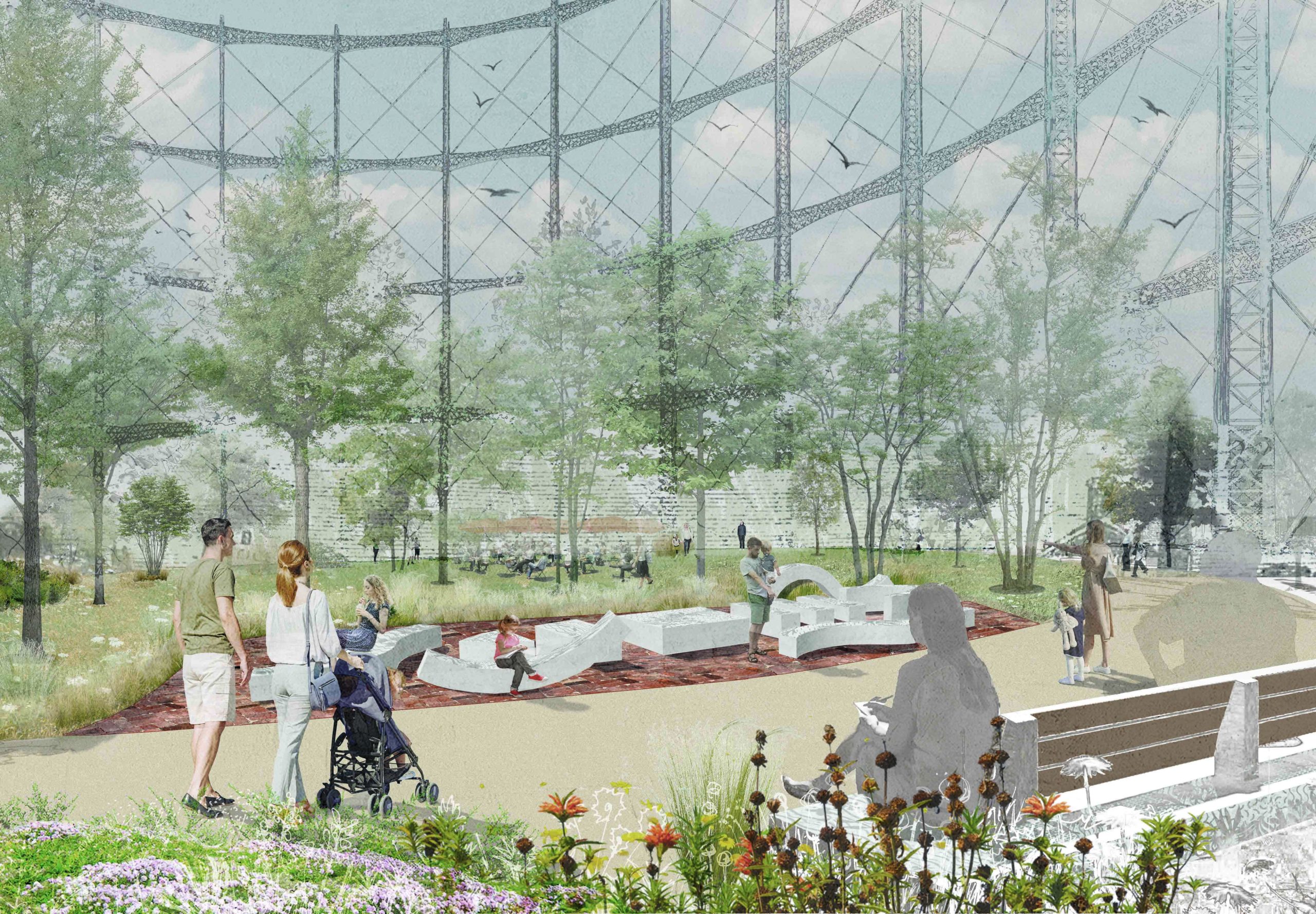
Perspective view of the Ark installation
LOCATION : EDINBURGH, SCOTLAND
DATE : 2024
PROJECT TYPE : PUBLIC ART COMPETITION
COLLABORATION : BESPOKE ATELIER

Perspective view of the Ark installation
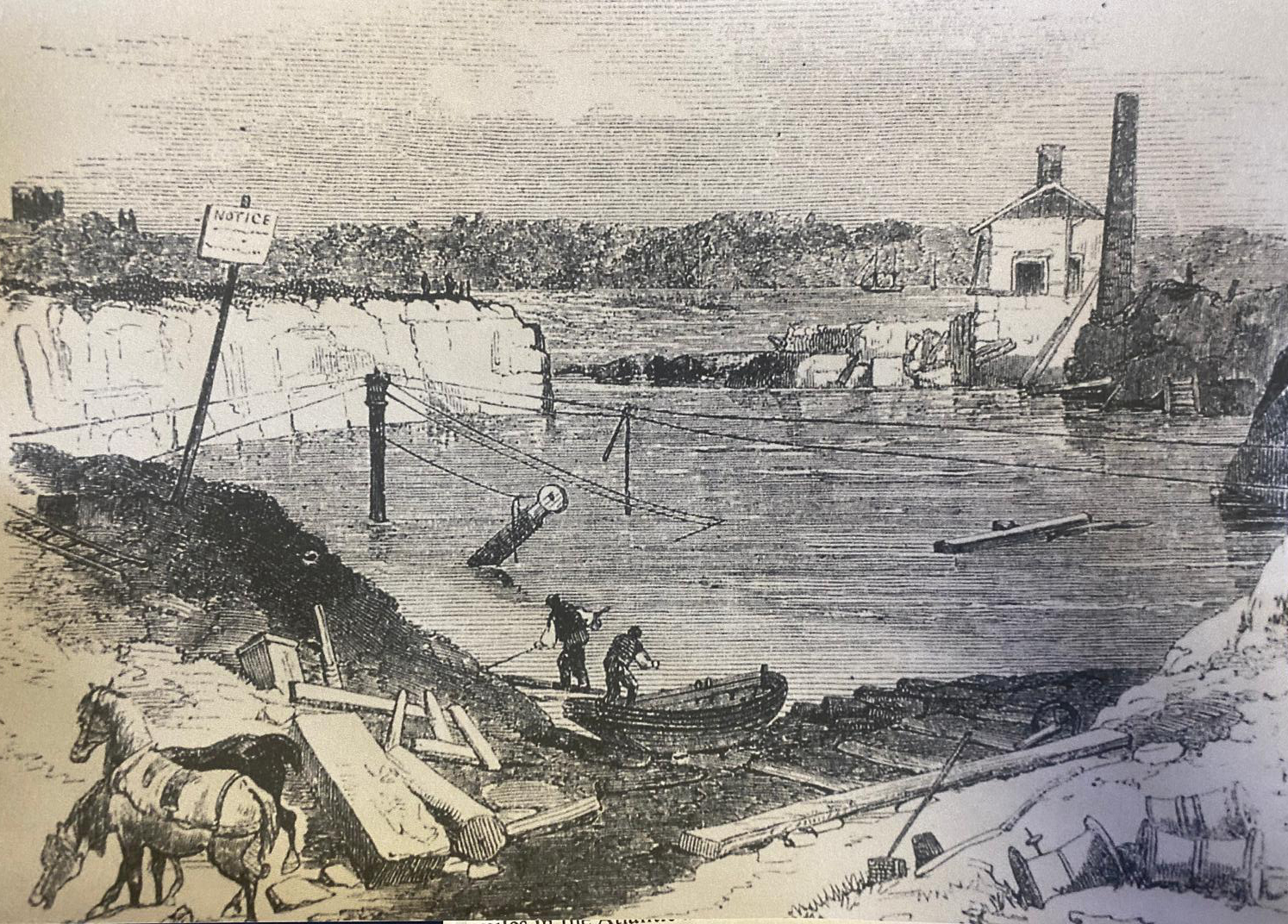
View of the flooded quarry. © Marine Biological Association of the UK.
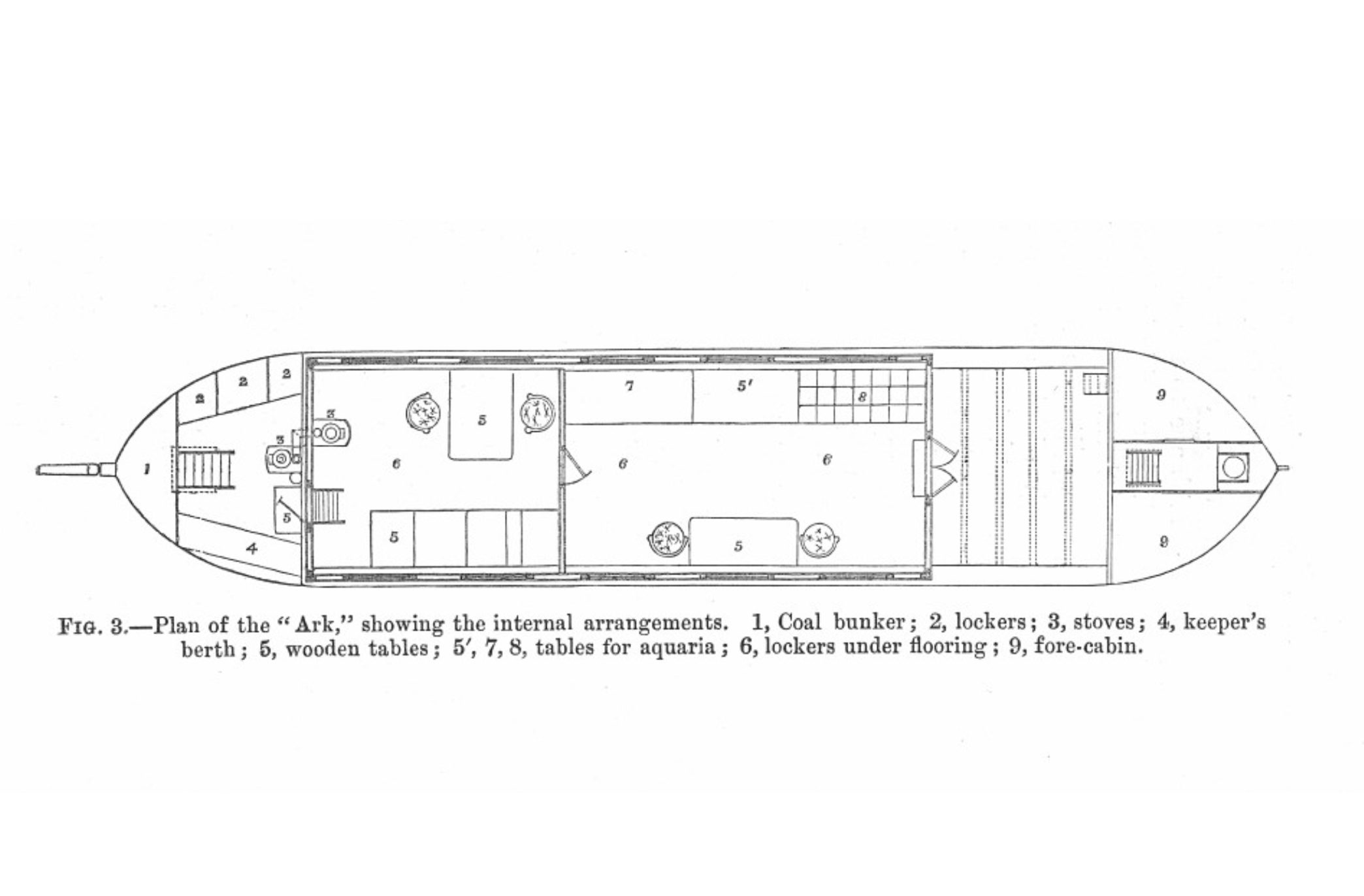
Plan of the floating laboratory barge The Ark. © Marine Biological Association of the UK.
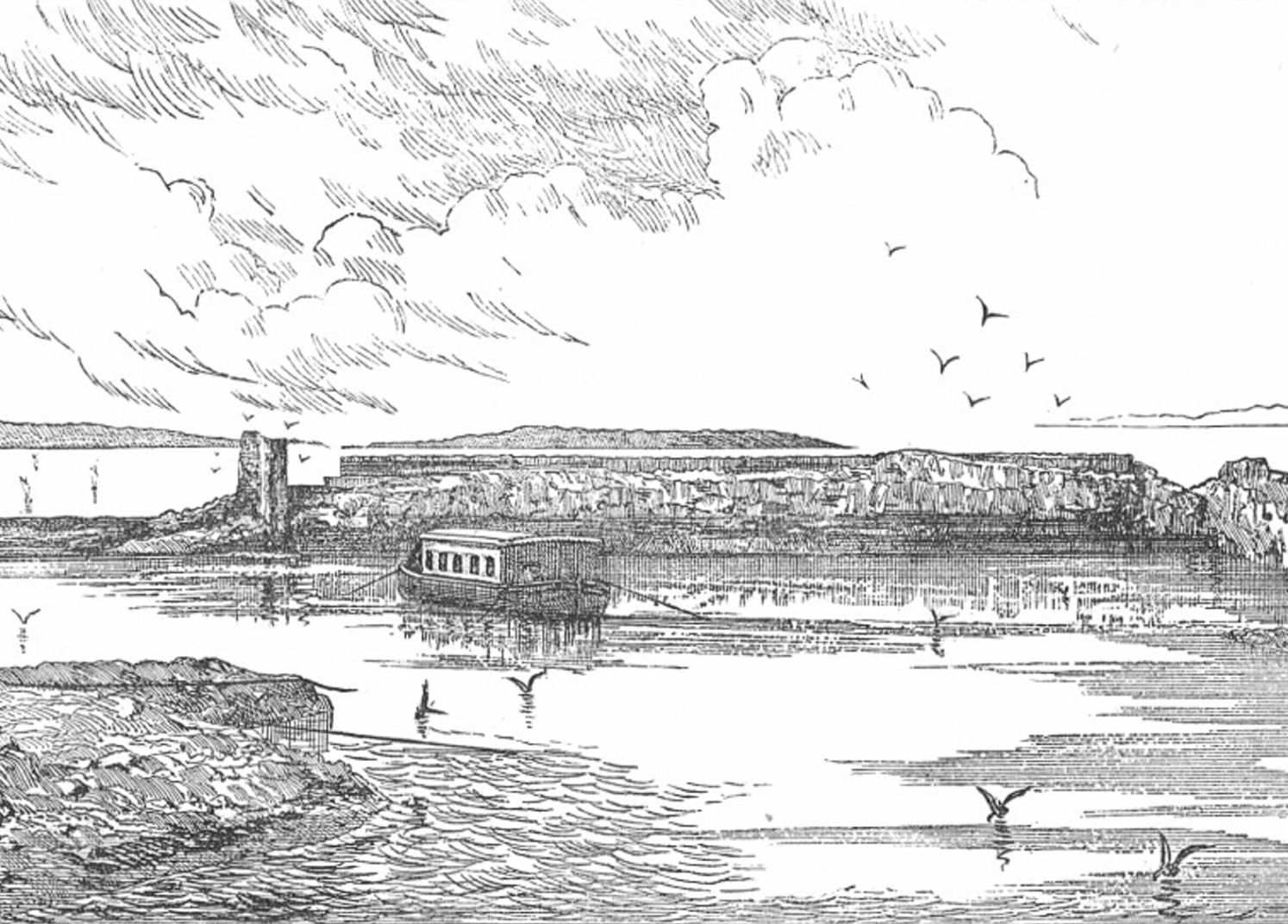
View of the flooded quarry and the Ark boat. © Marine Biological Association of the UK.
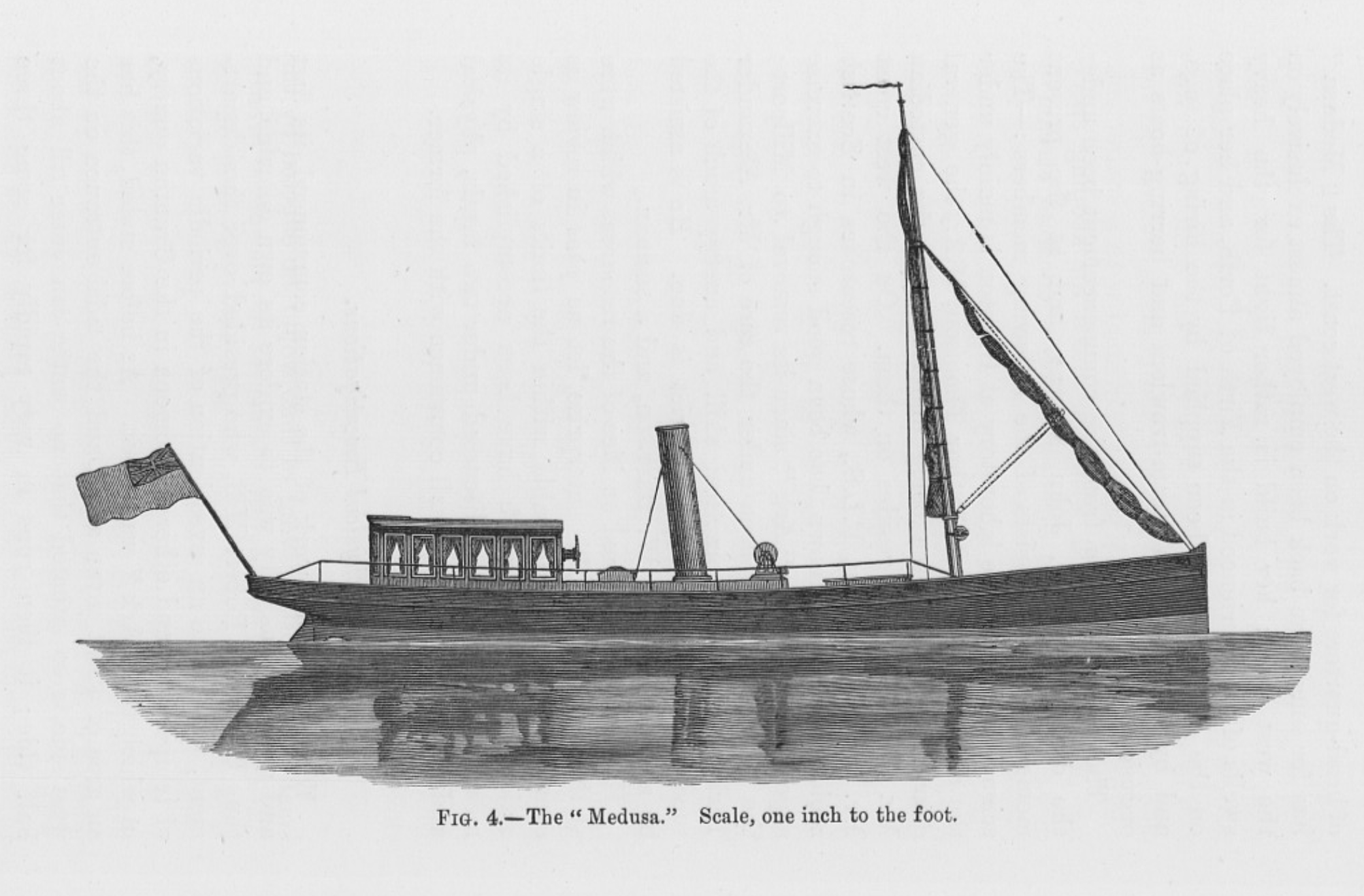
The Medusa steam yacht. © Marine Biological Association of the UK.
The Granton Gasholder is a B-listed Gasholder frame/structure situated on the Granton Waterfront along the coastline in northwest Edinburgh. It is a unique example of Victorian industrial architecture and an important and iconic landmark in North Edinburgh. As part of the Granton Waterfront project the gasholder was fully refurbished with a new public park installed within the structure. The competition brief required the design of a new public artwork to be permanently housed in the park which reflected the heritage, environment and diverse communities of the area.
The artwork location is a rectangular space, slightly curved as part of the park design, of approximately 4.5m (width) x 16.2m (length). The space is surfaced with resin-bound natural stone to match the shared use path that runs adjacent to the southwestern edge. To the north, east and west are specimen trees, shrubs and grass.
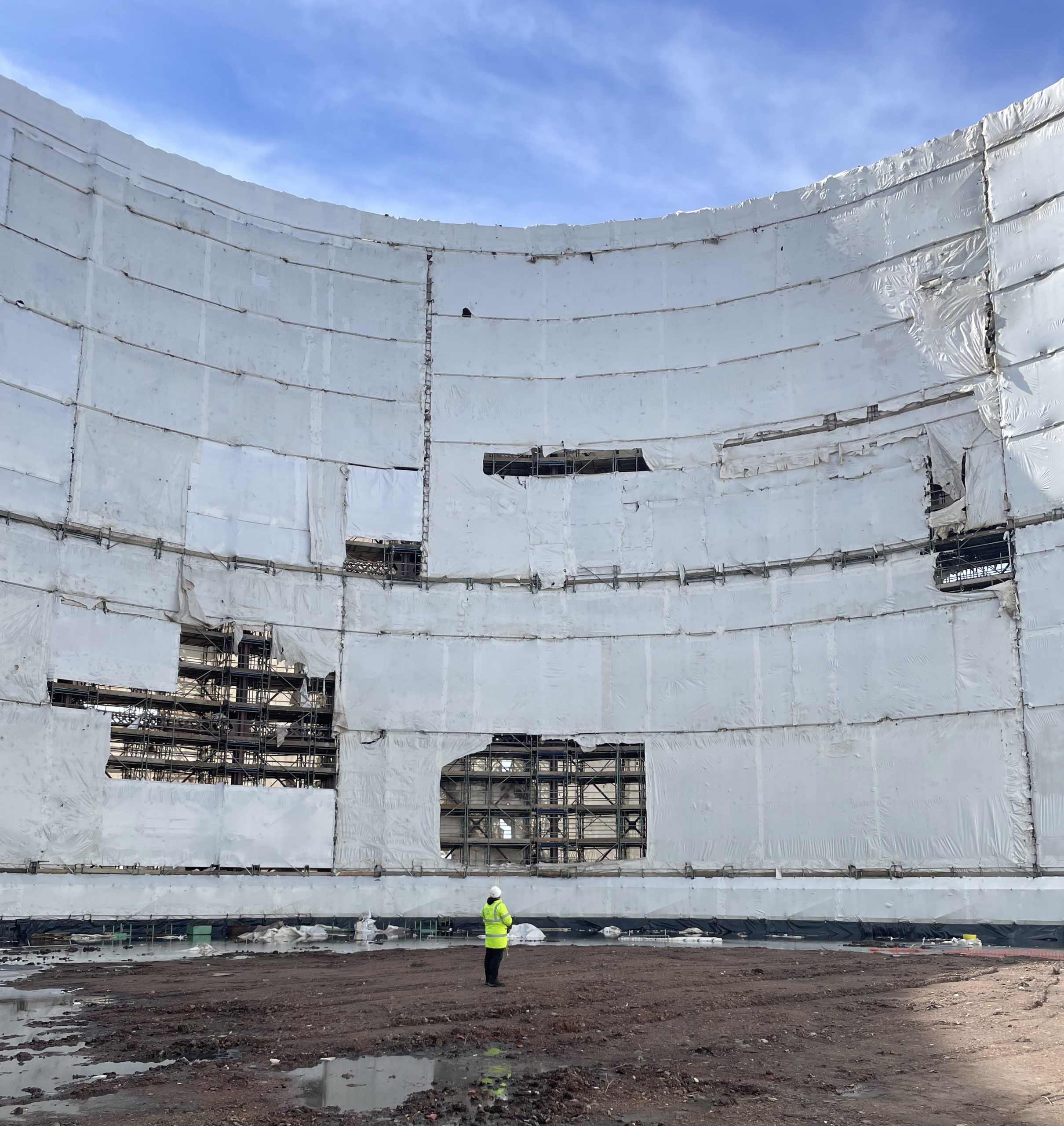
View from inside the Gasholder during refurbishment
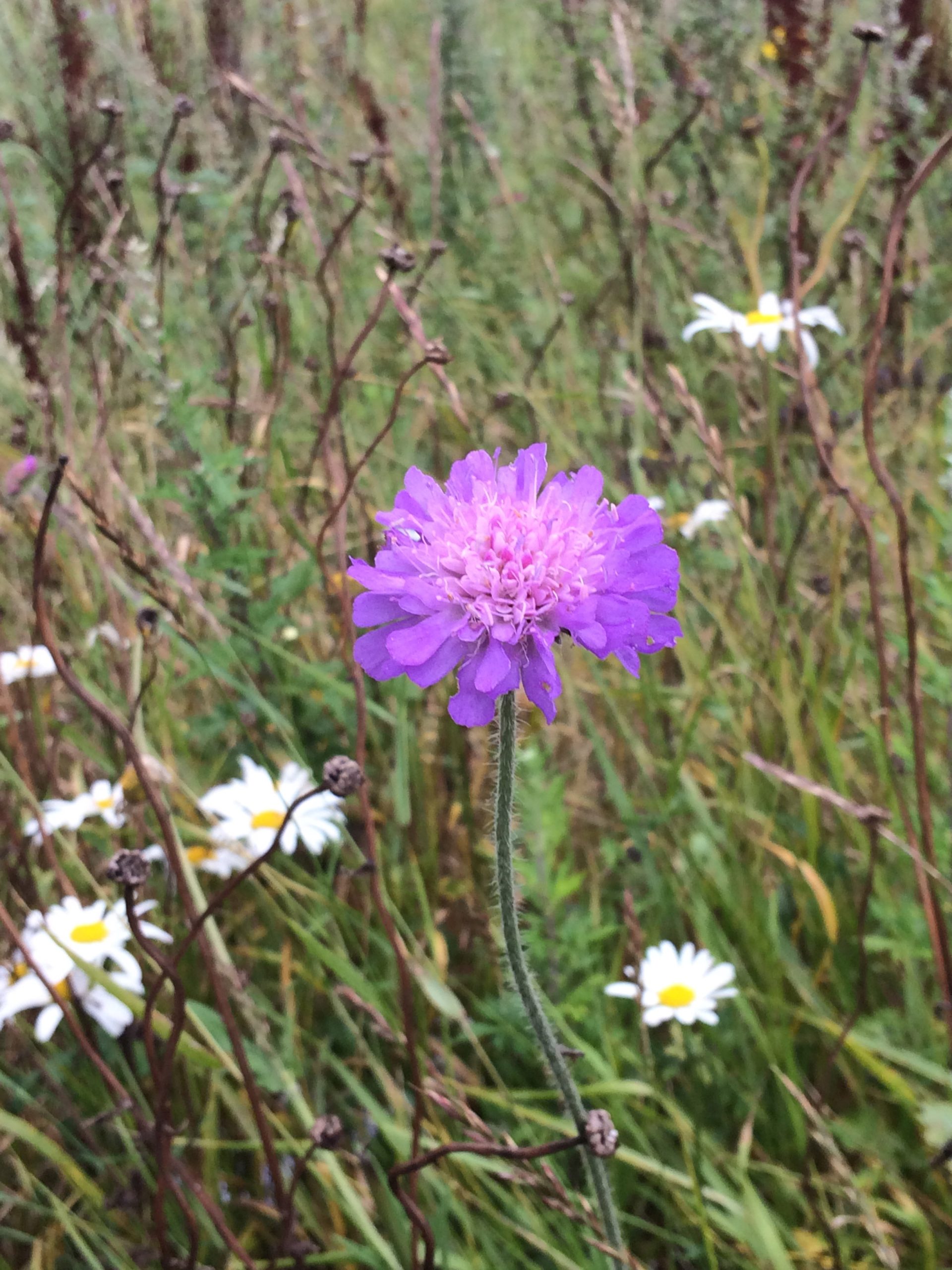
KNAUTIA ARVENSIS FIELD SCABIOUS
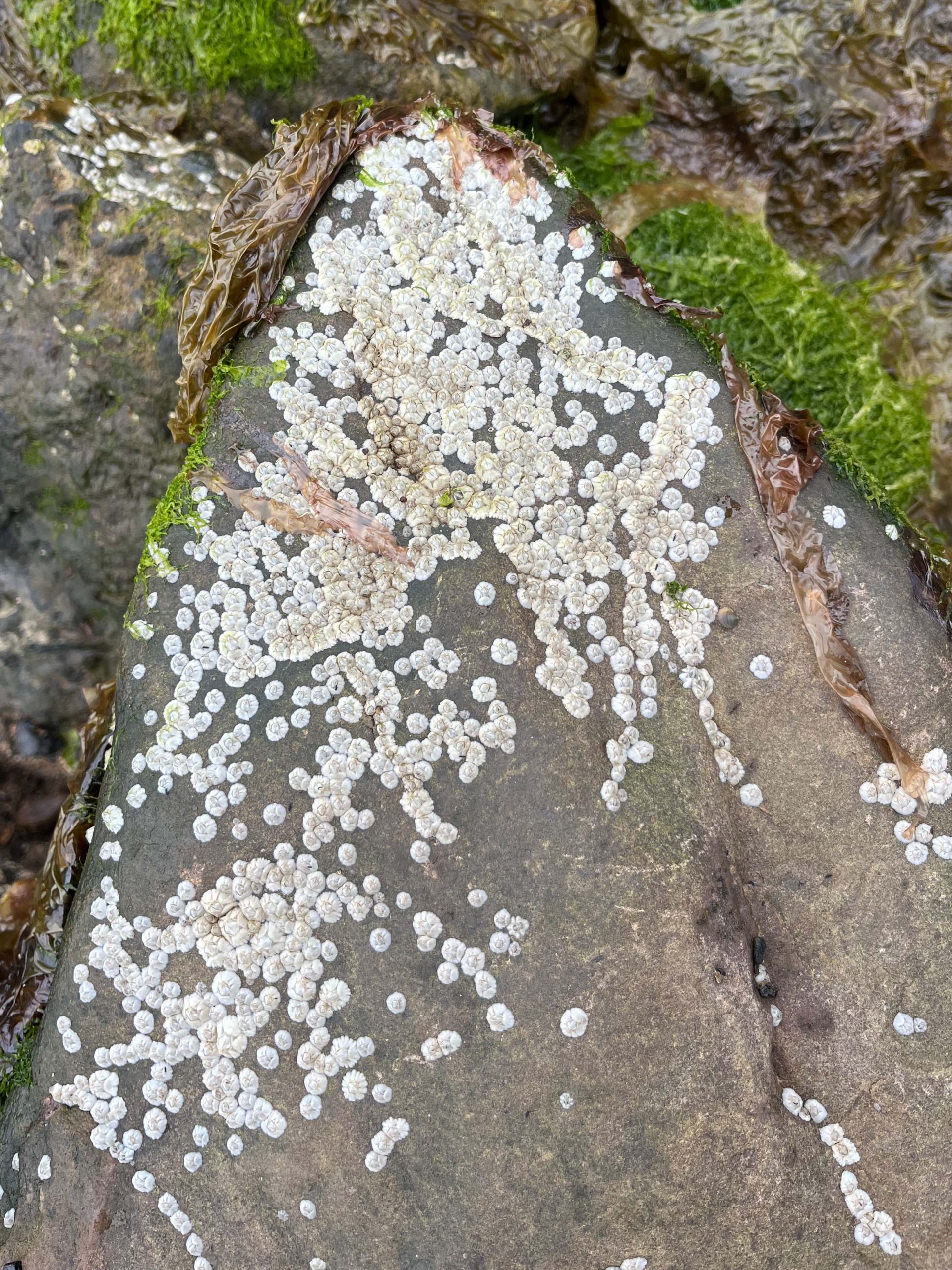
Barnacles at Granton Beach
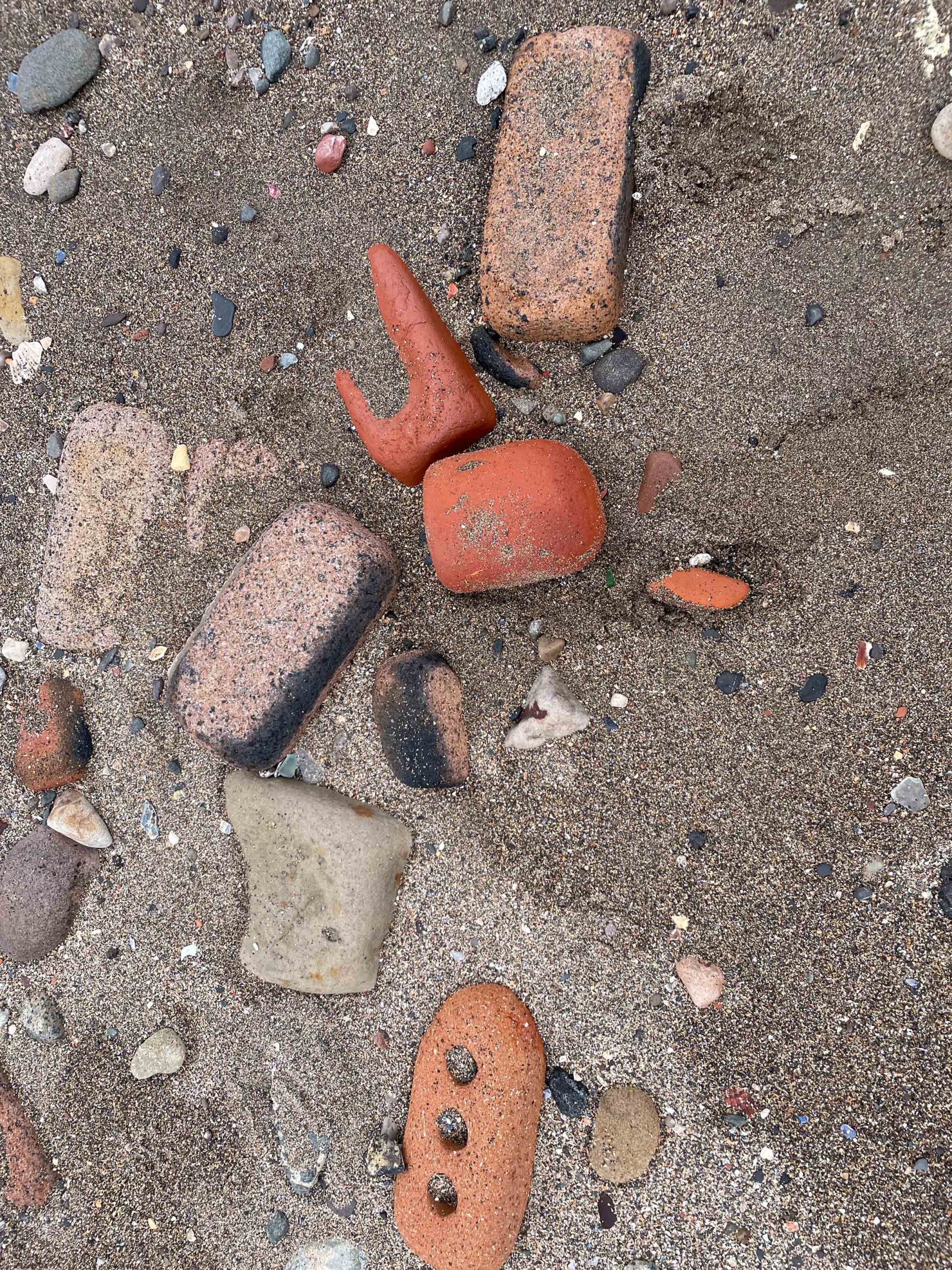
Rounded bricks at Granton Beach
During the initial desktop research phase we discovered the history of the Scottish Marine Station and set about collecting samples of local flora and fauna to be used as inspiration for the artwork.
As part of our research process we walked the coastal fringes of Granton, identifying, photographing and gathering local plants, features and findings to be included as part of pattern-making workshops with the local community.
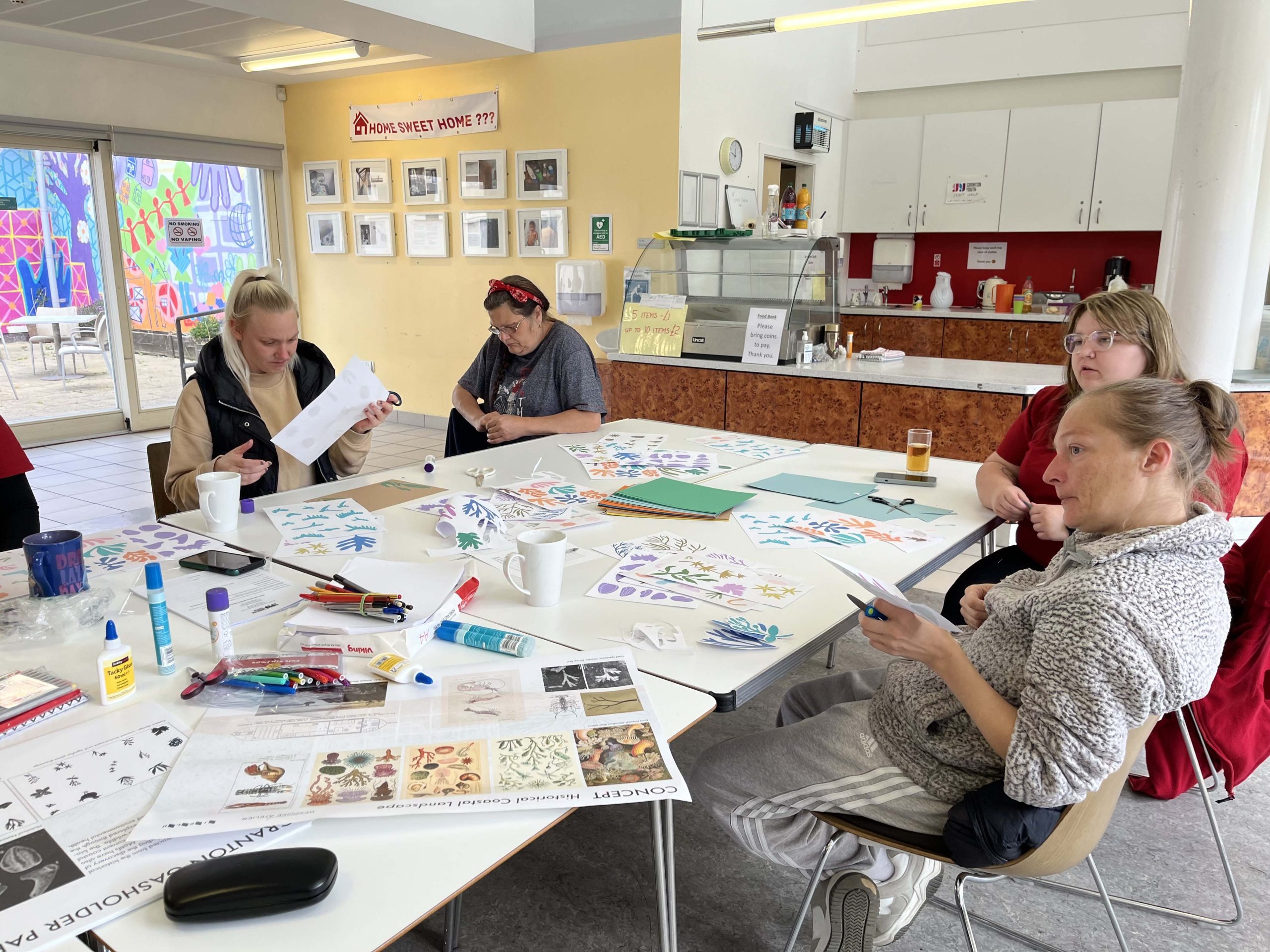
Women’s group collage workshop at Royston / Wardieburn Community Centre
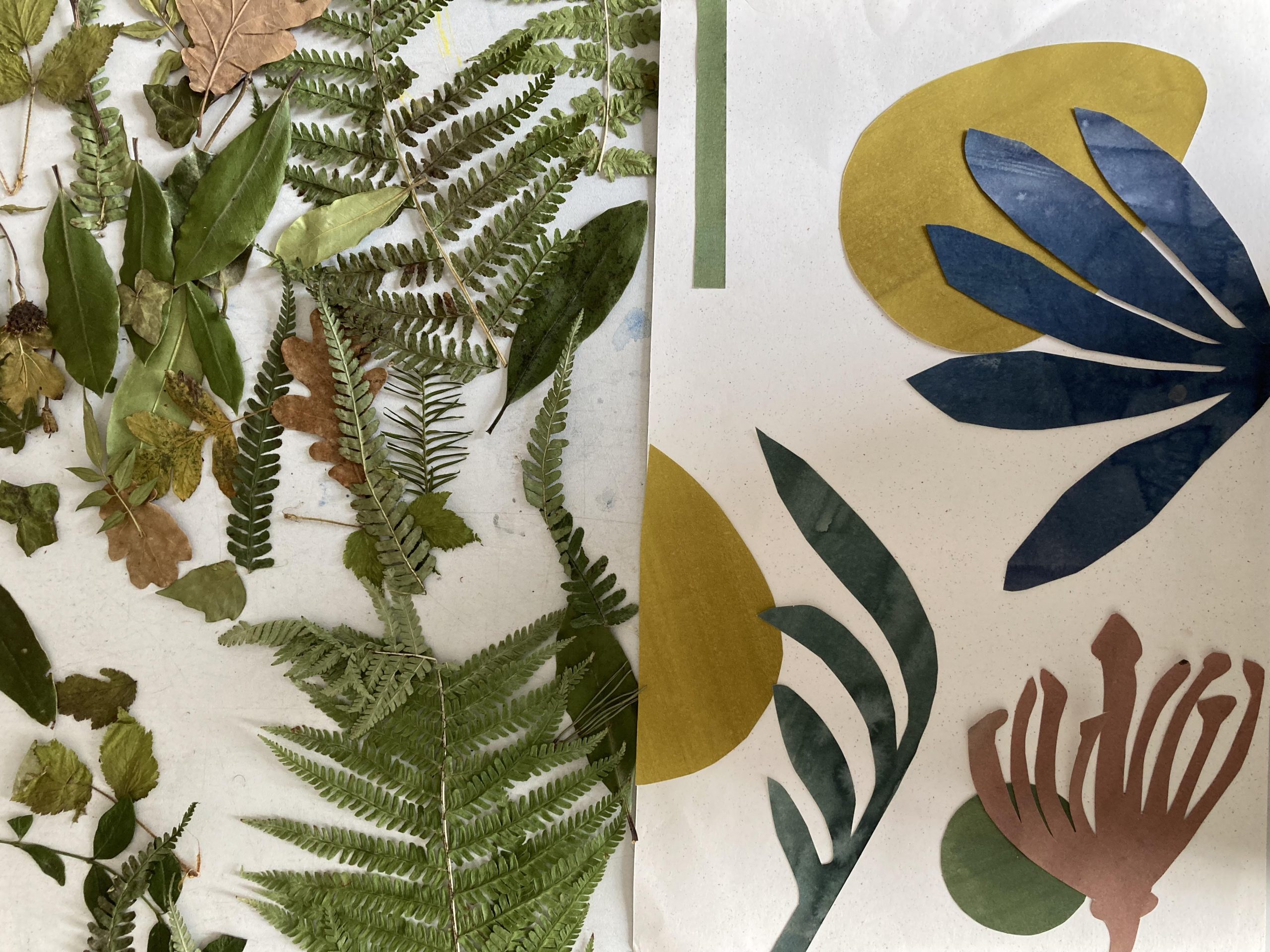
Fern samples and worksheet from collage workshop
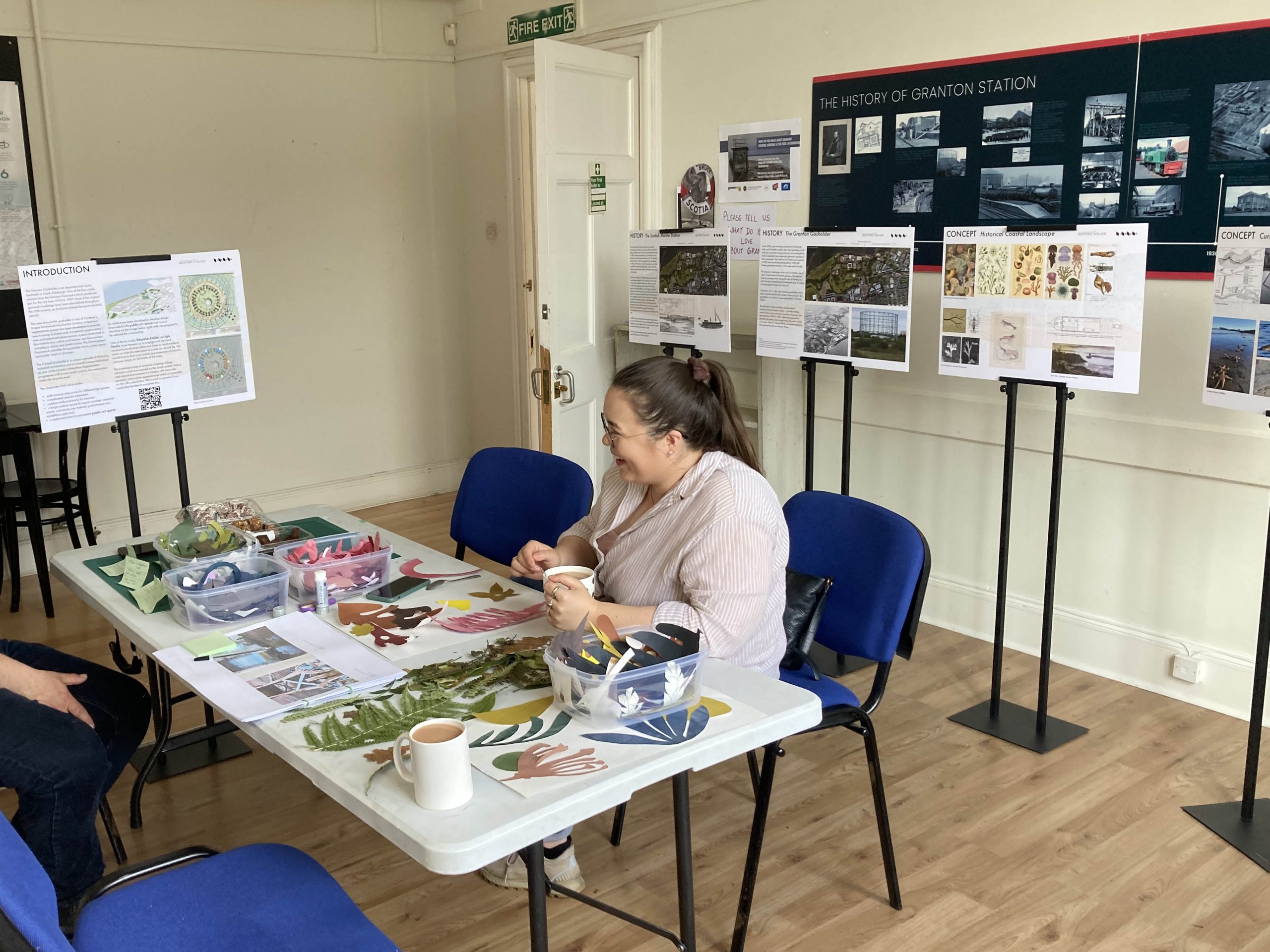
Collage workshop at Granton Hub
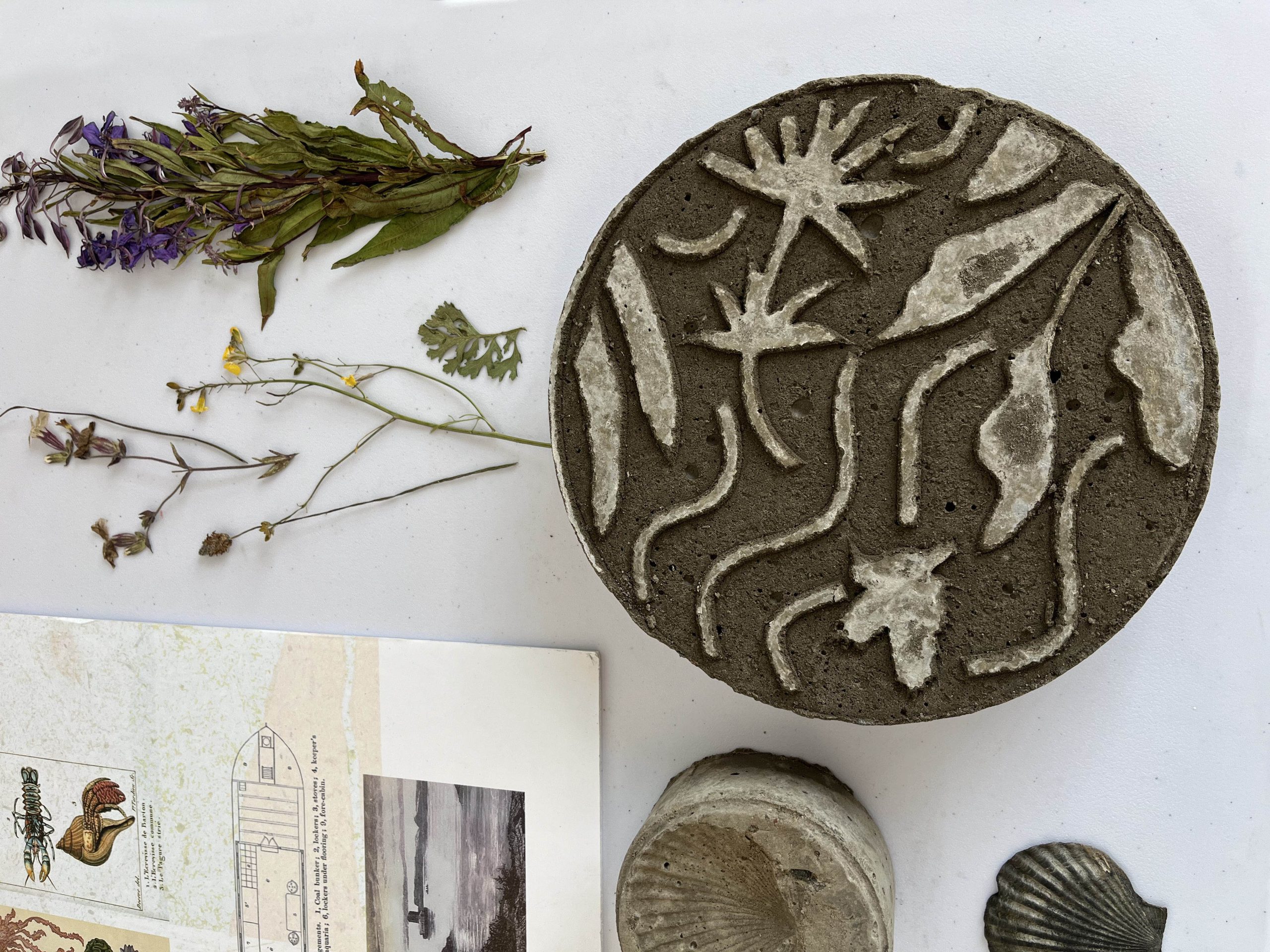
Prototype pre-cast concrete
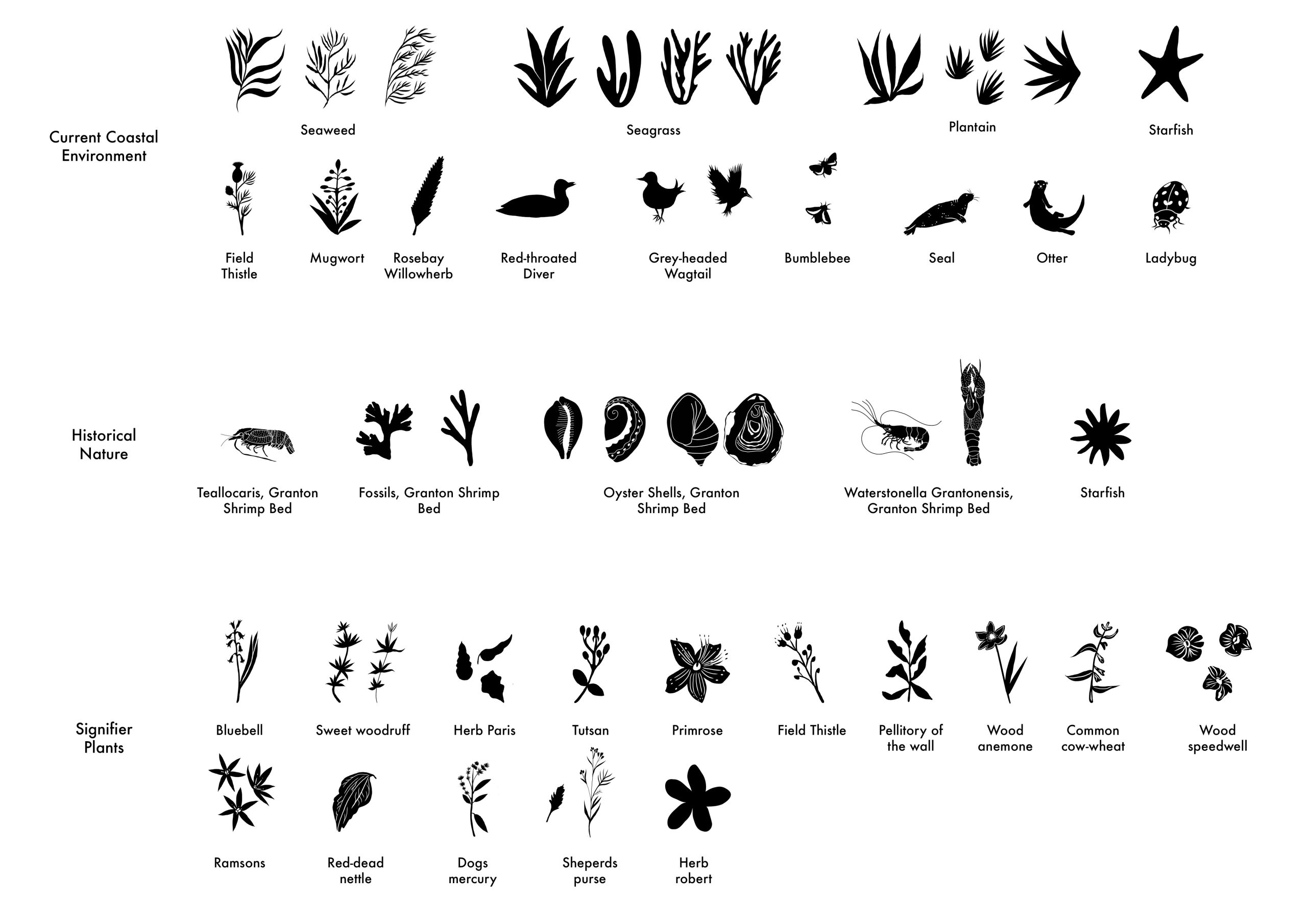
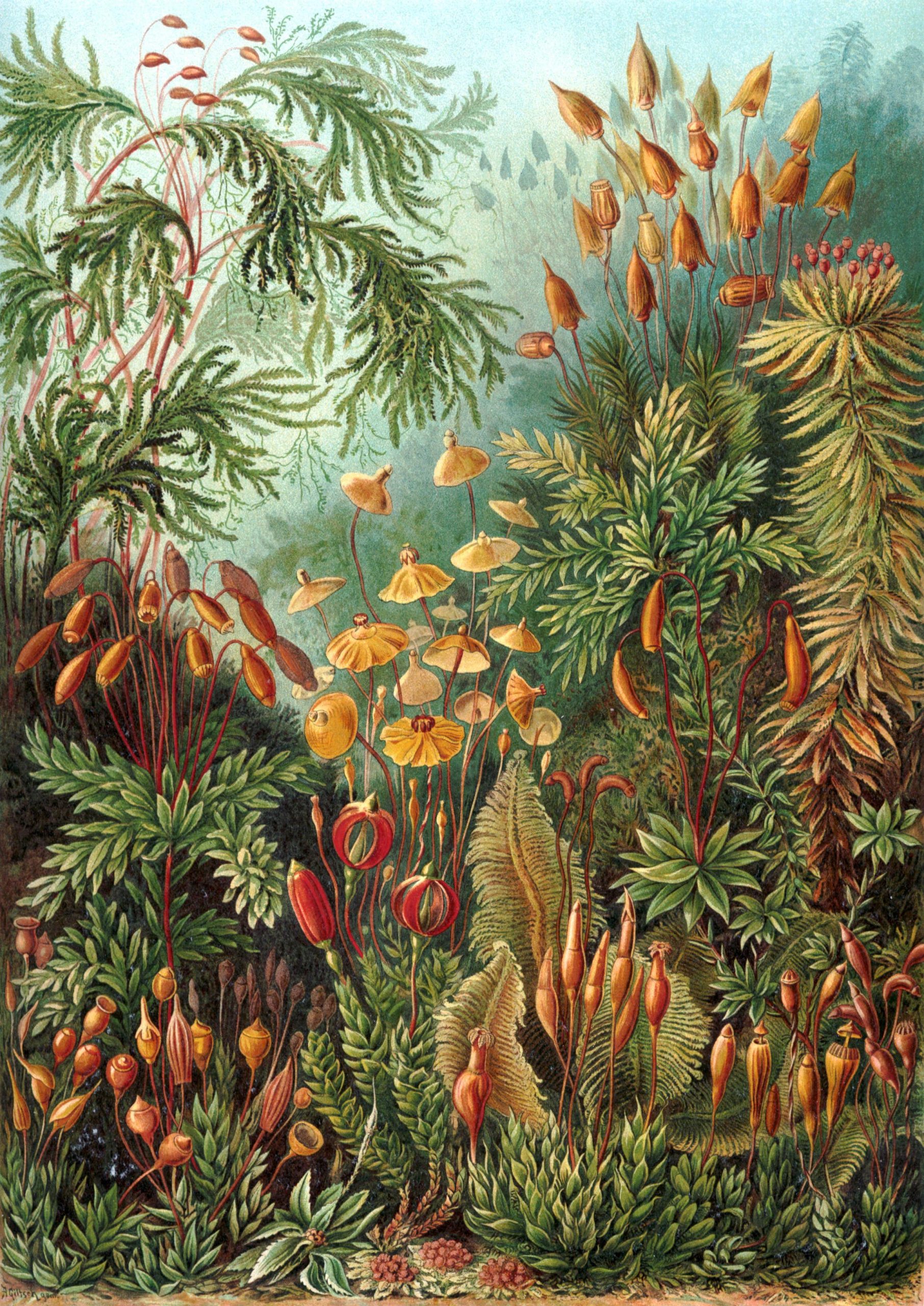
The Muscinae print by Ernst Haeckel. Image credit Wikimedia
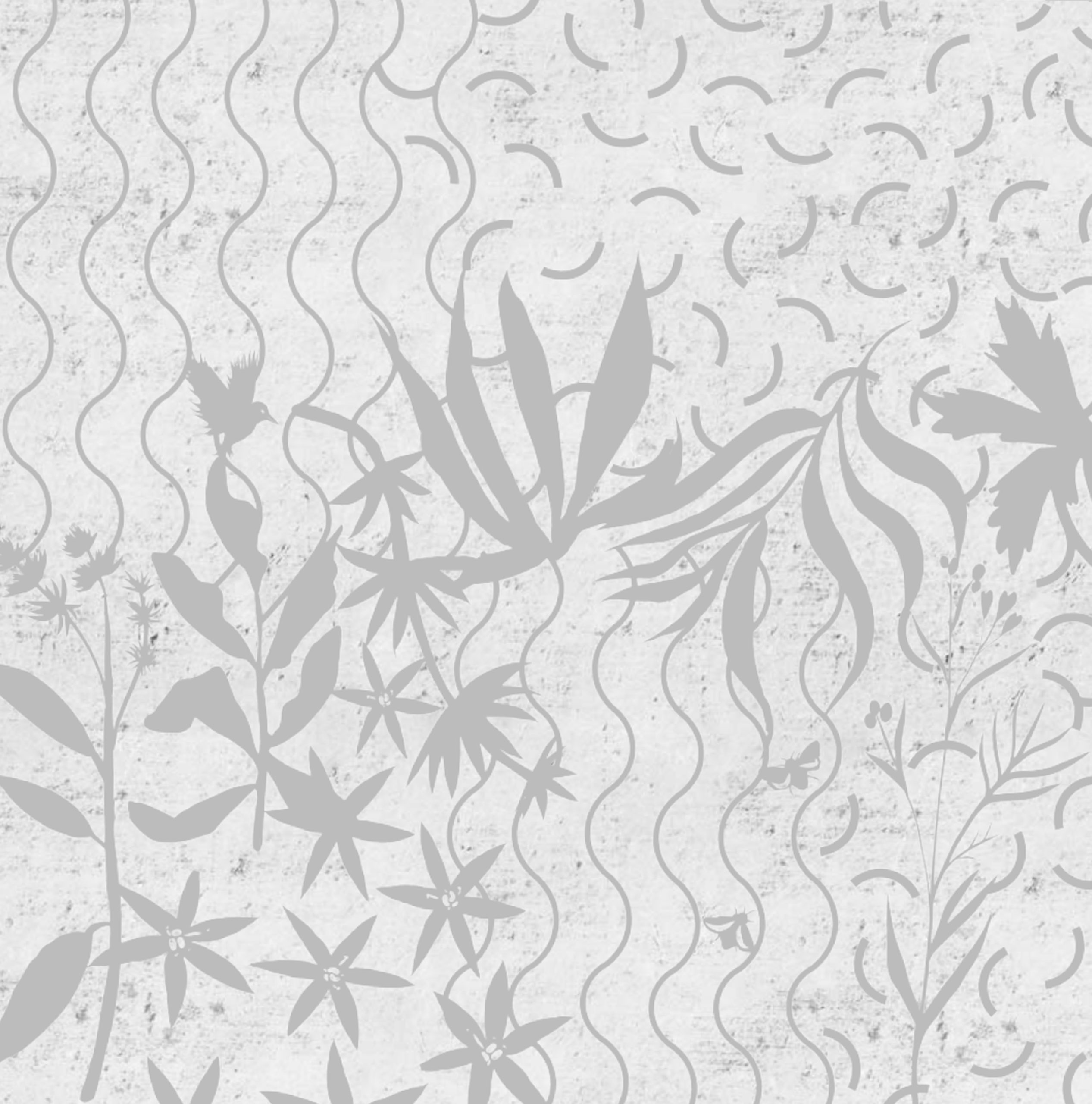
Sample patterns created by Bespoke Atelier

The design proposal takes the form of a dismantled boat frame, its ribs protruding from the ground at different angles and heights. The sculpture sits within the public art space as a series of independent objects which in plan view shows the footprint of the ‘Ark’ (the fossilised remnants of the ship) surrounded by waves representing the coast.
Each ‘rib’ will contain pre-cast designs based on the natural environment surrounding Granton and beyond to the Firth of Forth – the original focus for the Marine Station back in the 1880s brought back into a 21st century context. The Haeckel drawings visualise the forgotten seabed relics which we intended to bring back to life through the proposed artwork.
